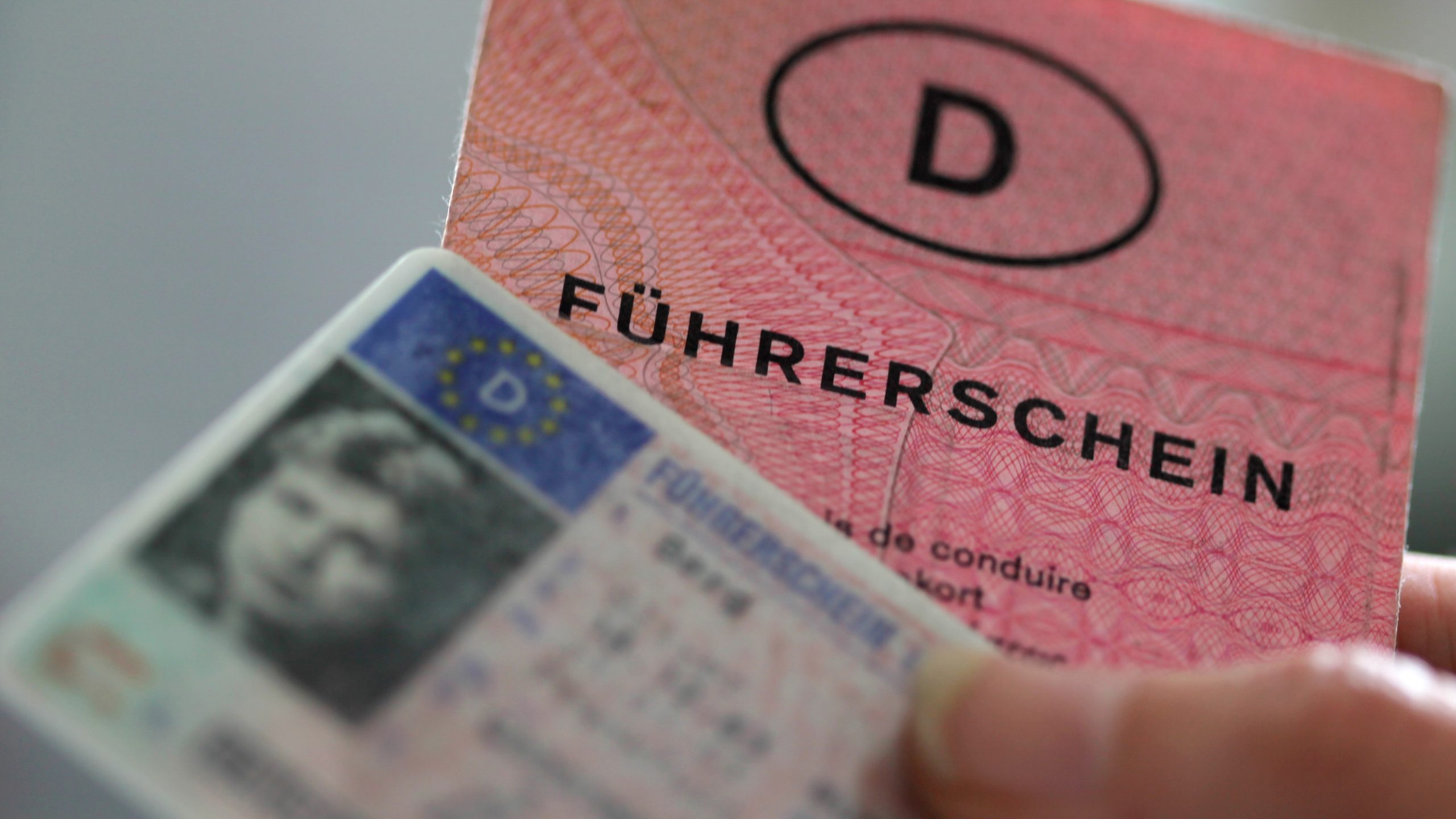15 Funny People Working Secretly In Buy A Driver's License Legally

How to Legally Buy a Driver's License: A Comprehensive Guide
Acquiring a chauffeur's license is a significant turning point for lots of individuals, representing self-reliance and the ability to travel easily. Nevertheless, the processes and policies surrounding getting a motorist's license can be intricate, leading some individuals to seek shortcuts. It is vital to highlight that acquiring a motorist's license legally isn't about bypassing regulations; rather, it's about comprehending the genuine processes for obtaining a motorist's license in your jurisdiction. This post aims to notify readers about the appropriate procedures and guidelines for obtaining a driver's license legally.
Comprehending the Legal Process of Obtaining a Driver's License
Before delving into the requisite actions for acquiring a chauffeur's license, it's important to understand the legal framework that governs these procedures. Each state or nation has its own Department of Motor Vehicles (DMV) or comparable authority, which regulates the issuance of motorist's licenses. Here's a breakdown of the common steps associated with obtaining a motorist's license legally:
| Step | Description |
|---|---|
| 1 | Eligibility Check: Verify age, residency, and other requirements. |
| 2 | Learner's Permit (if required): Some areas need getting a student's license before requesting a complete license. |
| 3 | Chauffeur's Education: Complete any required driver's education courses. |
| 4 | Practice Driving: Accumulate the required number of practice hours. |
| 5 | Written Test: Pass a written test covering traffic laws and policies. |
| 6 | Road Test: Successfully complete a driving test with an examiner. |
| 7 | Application Submission: Submit the application along with necessary documents and fees. |
| 8 | Getting the License: After passing all tests and meeting requirements, get the driver's license. |
Step-by-Step Breakdown of Each Phase
1. Eligibility Check
The primary step towards getting a driver's license is to verify that you satisfy the eligibility criteria. Normally, this includes being of a specific age (typically between 16 to 18 years), being a homeowner of the state in which you are using, and having valid recognition.
2. Learner's Permit
In numerous locations, you should initially get a learner's permit, which permits you to practice driving under certain constraints. This permit frequently needs passing an initial written test and is generally readily available to more youthful candidates.
3. Motorist's Education
A number of states mandate conclusion of a driver's education course that includes both class instruction and behind-the-wheel training. This education helps brand-new drivers understand safe driving practices and state-specific traffic laws.
4. Practice Driving
The majority of jurisdictions require a set variety of hours driving under guidance before you can take the roadway test. Examine your state's regulations to learn the number of hours are needed and what external conditions are required (e.g., night driving).
5. Composed Test
Before taking the road test, applicants should typically complete a written examination. This test usually examines knowledge of road signs, traffic laws, and safe driving techniques.
6. Roadway Test
The road test examines your practical driving skills. An inspector will evaluate your capability to deal with a vehicle while obeying traffic laws during a set driving route.
7. Application Submission
After passing the tests, you will require to submit a formal application for your motorist's license. This can typically be done in individual at your regional DMV office or often online. Ensure you have actually the needed documents, such as identity confirmation and proof of residency, and be prepared to pay the license charge.
8. Getting the License
When all requirements are met, you will receive your motorist's license. Note that in some jurisdictions, a provisional license may be provided at first, followed by a full license after maintaining a clean driving record for a given period.
Regularly Asked Questions (FAQs)
1. Can I use a foreign driver's license in the United States?
Yes, numerous states allow tourists to drive with a valid foreign motorist's license for a set period. However, it's vital to examine specific state regulations, as the rules vary.
2. What is the minimum age to get a chauffeur's license in the United States?
This varies by state, however the minimum age is normally in between 16 and 18 years. It is a good idea to talk to your state's DMV.
3. For how long does it require to get a chauffeur's license after passing tests?
Once all requirements are met, lots of states provide the license on the exact same day, usually in the form of a momentary license up until the official card arrives by mail.
4. What files do I need to look for a driver's license?
Files often consist of evidence of identity (passport, birth certificate), evidence of residency (energy bill, lease), Social Security number, and often, school participation records for minors.
5. Can their website get a motorist's license if I have a rap sheet?
Having a rap sheet might affect your ability to acquire a motorist's license, especially if the offense associates with vehicle operation. Regulations vary by state, so it's important to examine specific requirements.
Acquiring a driver's license legally needs a clear understanding of the specific procedures, requirements, and regulations in your location. While it might appear troublesome, following the appropriate actions ensures security, compliance with the law, and a valid license that supports the liberty to drive legally. By focusing on education, practice, and adherence to legal guidelines, prospective motorists can with confidence browse the journey to ending up being licensed drivers.

